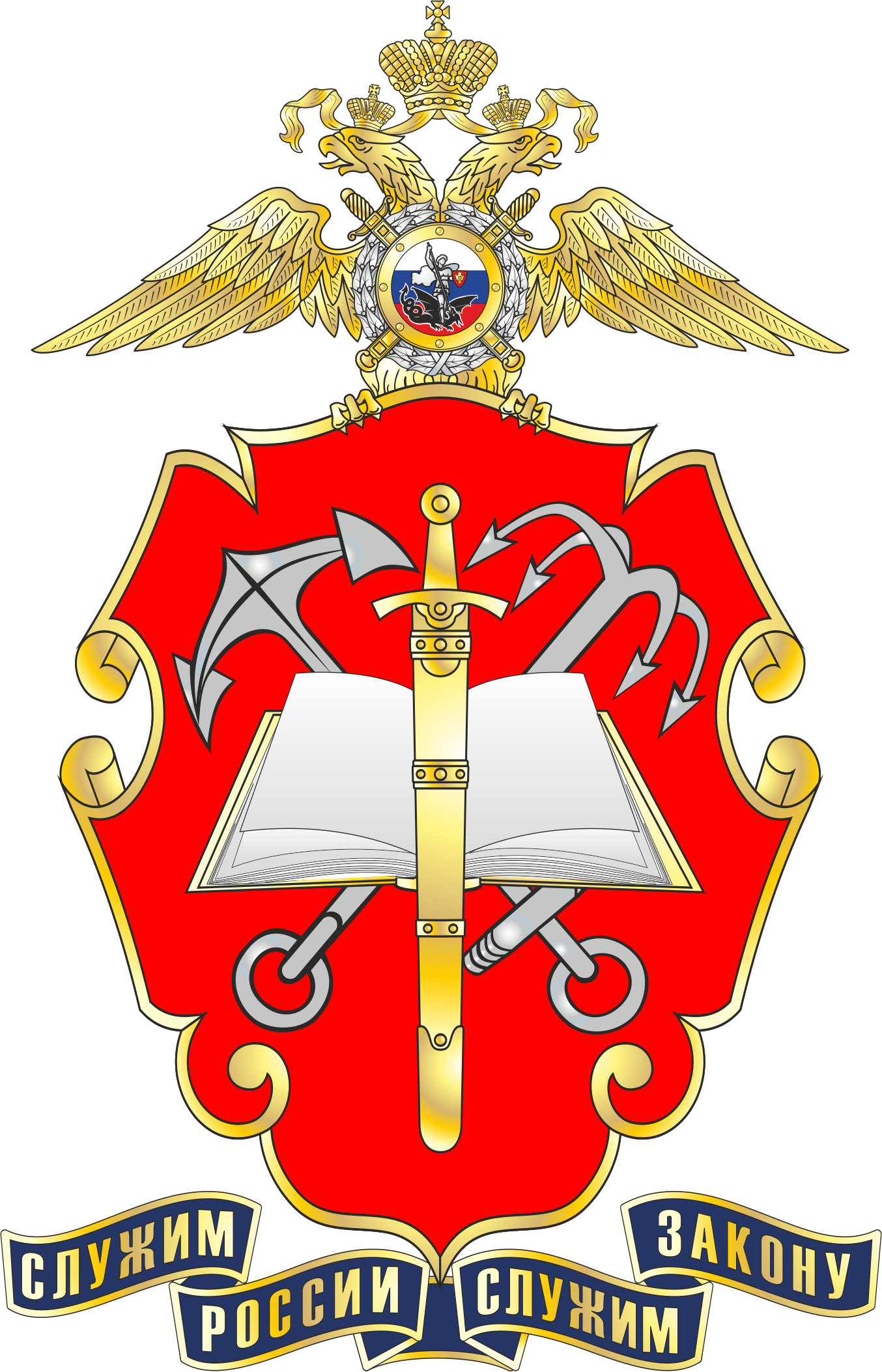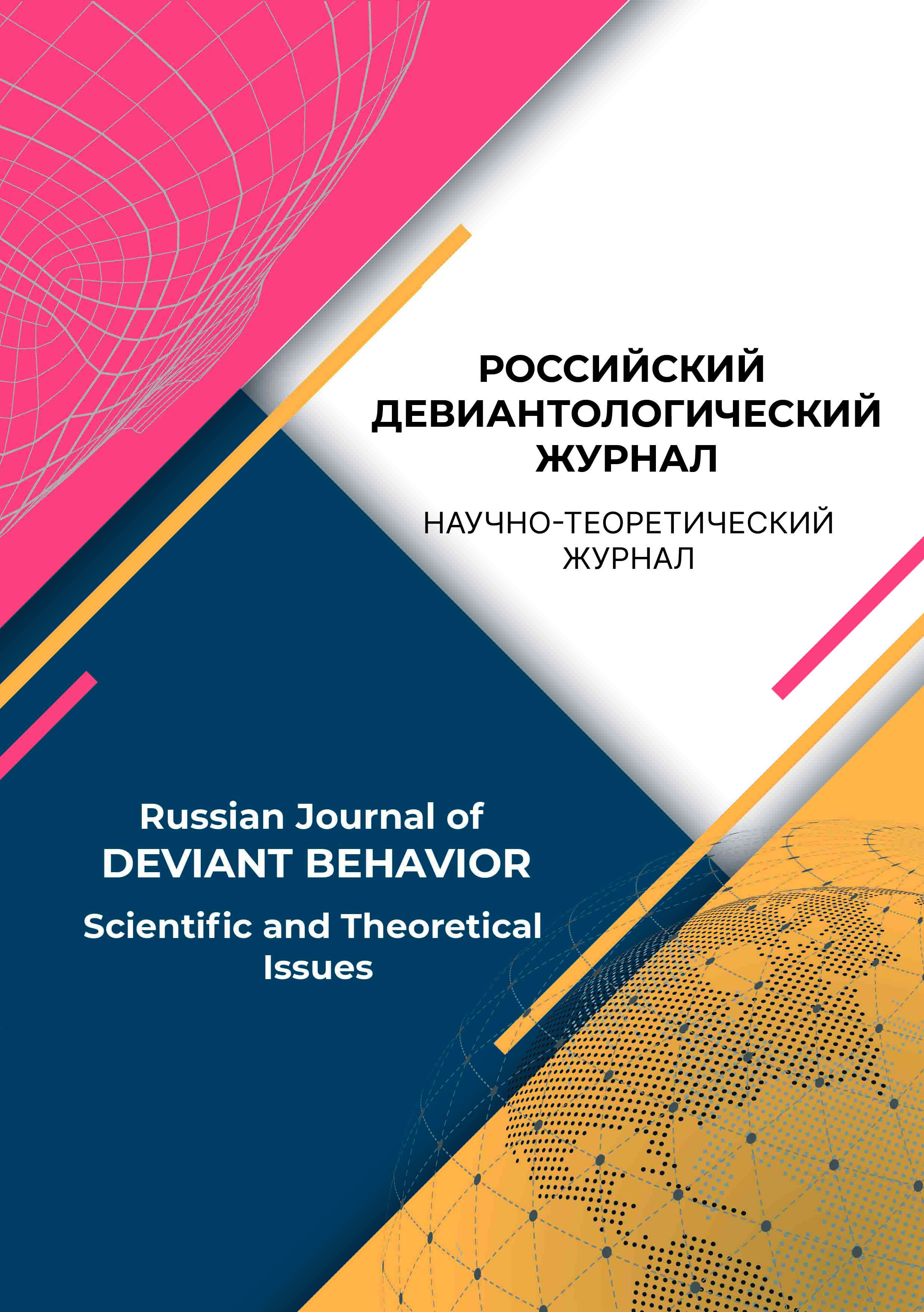from 01.01.2018 until now
Bali, Indonesia
Ekaterinburg, Russian Federation
The article presents a comparative analysis of the study of the critical thinking skills among the deviant adolescents from Russia and Indonesia. The authors offer the analysis of ideas on the concept of «critical thinking», its features, compare the academic points of view on its origin and aspects in domestic and foreign psychology. The study involved 80 teenagers, 40 from each country. According to the expert assessment made by teachers, the samples were categorized as an asocial type of deviant behavior group according to E.V. Zmanovskaya. The following methods were used: Test of Everyday Reasoning (TER), the Dembo-Rubinstein self-assessment test, Kettell Culture Fair Intelligence test. The found differences between the groups have been analyzed in the context of cultural and historical factors, features of the construction of educational programs, psychological aspects of the personality of children. The study showed that there is a significant relationship between the degree of self-esteem of Russian and Indonesian students and indicators of critical thinking and IQ. In our opinion, the leading factor in the development of critical thinking is a properly structured task taxonomy, created in the learning process, as well as a specially organized learning process, mainly including interactive forms of work.
critical thinking, self-esteem, level of intelligence, psychological and pedagogical research, deviant adolescents, Russia, Indonesia
1. Bolotov, V., Spiro D. (1995). Kriticheskoe myshlenie - klyuch k preobrazovaniyam rossiyskoy shkoly. Direktor shkoly, 95(1), 67-73.
2. Varlakova, M. L. (2012). Razvitie kriticheskogo myshleniya na urokah fiziki. Omskiy nauchnyy vestnik, 2(106), 243-245.
3. Vil'keev, D. (1997). Pedagogicheskoe myshlenie i ego formirovanie u studentov. Kazan': Kazanskiy pedagogicheskiy universitet.
4. Rosalina, T. (2016). Kriticheskoe myshlenie: literaturnyy obzor. V Voprosy obrazovaniya: istoriya, teoriya, praktika: sbornik nauchnyh statey v 2-h chastyah (ch. 1, str. 5-12). Ekaterinburg: UrGPU.
5. Sidorov, K. R. (2013). Metodika Dembo-Rubinshteyn i ee modifikaciya. Vestnik Udmurtskogo universiteta. Seriya «Filosofiya. Psihologiya. Pedagogika», 1, 40-42.
6. Smirnov, A. A. (1987). Izbrannye psihologicheskie trudy: V 2 h t. Moskva: Pedagogika.
7. Teplov, B. M. (1985). Izbrannye trudy: v 2 t. T.2. Moskva: Pedagogika.
8. Hachumyan, T. I. (2003). Ponyatie «kriticheskoe myshlenie» i ego suschnost' v psihologo-pedagogicheskoy nauke. Teoreticheskie voprosy kul'tury, obrazovaniya i vospitaniya, T. 2, 171-177.
9. Yamschikova, L. Kriticheskoe myshlenie kak vid myslitel'noy deyatel'nosti. Rezhim dostupa: http://spc.ks.ua/file_download/42
10. Bandura, A., & Cervone, D. (1983). Self-evaluative and self-efficacy mechanisms governing the motivational effects of goal systems. Journal of personality and social psychology, 45, 1017-1028.
11. Davies, M. (2015). A model of critical thinking in higher education. In Michael B. Paulsen (Ed.), Higher education: Handbook of theory and research (pp. 41-92). Springer, Cham.
12. Elder L., & Paul R. (2013). 30 Days to Better Thinking and Better Living Through Critical Thinking: A Guide for Improving Every Aspect of Your Life. Pearson Education.
13. Ennis, R. H. (1987). A Taxonomy of Critical Thinking Dispositions and Abilities. In J. B. Baron, & R. J. Sternberg (Eds.), Teaching Thinking Skills: Theory and Practice (pp. 9-26). New York: Freeman.
14. Ennis, R. H. (1993). Critical Thinking Assessment. Theory into Practice, 32(3), 179-186. https://doi.org/10.1080/00405849309543594
15. Facione, P. A., Giancarlo, C. A., Facione, N. C., & Gainen, J., (1995). The disposition toward critical thinking. The Journal of General Education, 44(1), 1-25.
16. Facione, P. A. (1990). Critical thinking: A statement of expert consensus for purposes of educational assessment and instruction (The Delphi Report). Millbrae, CA: California Academic Press.
17. Fasko, D. Jr. (1994). Critical thinking and Moral Reasoning; Can you have one without the other? In Paper presented at the Annual Meeting of the Mid-South Educational Research Association. Nashville.
18. Hanson, S. (2015). Learning legal skills and reasoning. London: Routledge. https://doi.org/10.4324/9781315678474
19. Holdnack, J. A. (2019). The development, expansion, and future of the WAIS-IV as a cornerstone in comprehensive cognitive assessments. In Handbook of psychological assessment (pp. 103-139). Academic Press. https://doi.org/10.1016/B978-0-12-802203-0.00004-3
20. Lai, E. R. (2011). Critical thinking: A literature review. Pearson’s Research Reports, 6 (1), 40-41.
21. Lee, B. M. (2013). Development of Critical Thinking in Secondary Students.
22. Light, D. & Pierson, E. (2016). Highlighting changes in two russian schools with successful one-to-one laptop programs: Moscow and Nizhny Novgorod case studies. Open Education, 2 (97), 85-88.
23. Maulana, R. & Opdenakker, M. C. (2014). Teachers’ interpersonal involvement as a predictor of students’ academic motivation among Indonesian secondary school students: A multilevel growth curve analysis. The Asia-Pacific Education Researcher, 23(3), 591-603. https://doi.org/10.1007/s40299-013-0132-7
24. Reed, J. H. (1998). Effect of a model for critical thinking on student achievement in primary source document analysis and interpretation, argumentative reasoning, critical thinking dispositions, and history content in a community college history course. University of South Florida.
25. Sternberg, R. J. (1986). Critical Thinking: Its Nature, Measurement, and Improvement. National Institut Of Education, Washington, D.C.
26. Tabrizi, A. R. N. & Jafari, M. (2015). The Relationship among Critical Thinking, Self Efficacy, and Iranian EFL Learners’ Reading Comprehension Ability with Different Proficiency Levels. Academic Research International, 6(2), 412-427.














